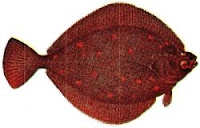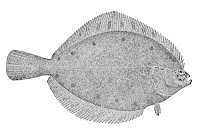CSF programs allow members of a community to buy fish and other seafood directly from fishermen for a predetermined length of time.
CSF members (shareholders) pay a fee in advance. In turn, members receive shares of seafood caught during the season.
Regional CSFs
If you live near an area where seafood is harvested, odds are there is a community supported fishery or seafood co-op near you.
In the Pacific Northwest, CSFs provide salmon, halibut, crabs, prawns, and other delicacies.
In New England, CSFs and co-ops offer coldwater shrimp, cod, haddock, pollock, lobsters, clams, and other seafood.
In the Mid Atlantic region, CSF shareholders may find shrimp, oysters, clams, crabs, local fish, and other products.
Locate and Join a CSF
Most local Community Supported Fishery programs are easy to locate and join. Information can be obtained from local farmer's markets, state sea grant programs, trade organizations, social media, and other sources.




